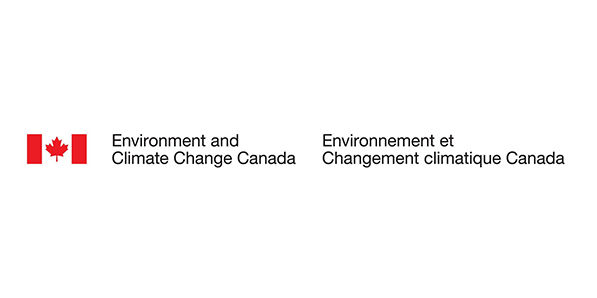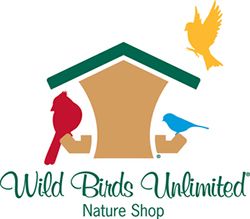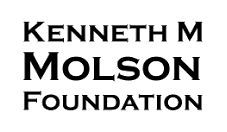Hendrie Valley Birding © John Hassell
About
Community science is a term used to describe public participation in science. The number and types of community science projects across the province continues to grow. It provides people of all ages and abilities with the opportunity to contribute to key nature conservation projects in their community.
Our Community Science Program relies on nature enthusiasts to help us better understand the wild species and wild spaces across the province.
Your observations of wild plants and animals help to identify and monitor populations, and track species distributions and spatial trends over time. This knowledge strengthens conservation.
Ontario Reptile and Amphibian Atlas
The Ontario Reptile and Amphibian Atlas (ORAA) is the most comprehensive source of information on Ontario’s reptiles and amphibians and provides guidance on where continued surveys are needed.
The ORAA publication is the culmination of more than ten years of community science and would not be possible without the dedicated support of herpetologists, researchers and community scientists. While the ORAA is no longer collecting observations, we encourage you to continue submitting any future observations through the Herps of Ontario project on iNaturalist or directly to the Natural Heritage Information Centre for species at risk.
Ontario Breeding Bird Atlas
The goal of the Ontario Breeding Bird Atlas is to map the distribution and relative abundance of the approximately 300 species of breeding birds in the province.
A volunteer-based effort, the atlas uses a rigorous approach to determine the distributions and populations of bird species breeding in Ontario, and changes over time.
Impact
The data collected through our community science projects helps us answer important questions about wild species and their habitats.
“One of the most valuable ways to collect large amounts of data on plants and wildlife is through community science initiatives. Standardized protocols, like our long-term monitoring protocol for at-risk snakes, make it easy for community members to get involved and contribute to conservation efforts.”
– Teagan Netten, Ontario Nature Conservation Science Coordinator
Get Involved
- Long-term Monitoring Protocols: Learn how you can help monitor salamanders, snakes and vernal pools across the province.
- Ontario Breeding Bird Atlas: Contribute to this comprehensive guide to everything about breeding birds in the province.
- Herps of Ontario iNaturalist group: Submit your sightings of snakes, turtles, salamanders, frogs and lizards.



